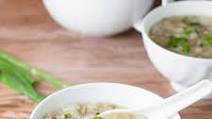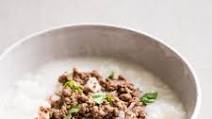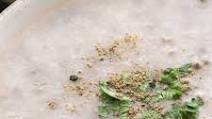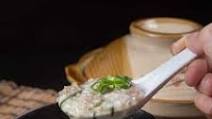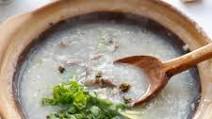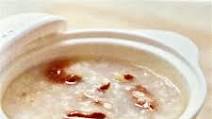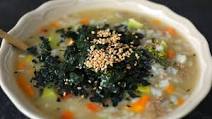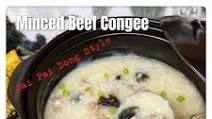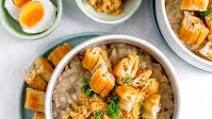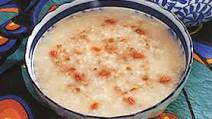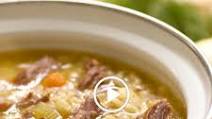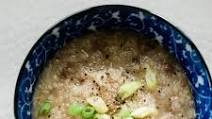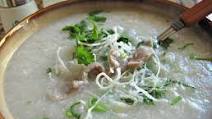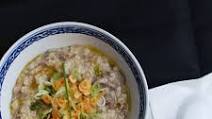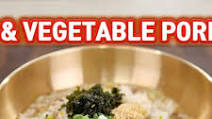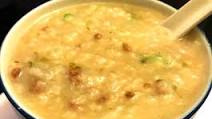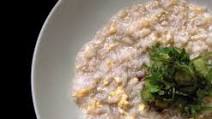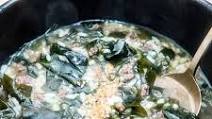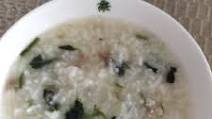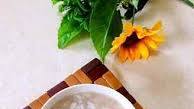What should I make for dinner tonight? This might just be the number one question that we ask ourselves almost daily over here.
Then you have come to the right place, we have rounded up 21 beef porridge recipe that we have shared over the years.
Plus, there is such a variety of flavours in these recipes, so you are sure to find something for you. Most of these recipes are quick and easy ones made especially for busy weeknights.
21 Beef Porridge Recipe
Garlic Beef and Onion Congee
Instant Pot Congee with Minced Beef
Minced Beef Congee 碎牛粥
Instant Pot Ground Beef Cháo Vietnamese Rice Porridge (Congee)
Brown Rice Congee With Beef, Shiitake, and Garlic Chips Recipe
Korean Beef and Vegetable Porridge (Sogigi Yachaejuk)
Rice and beef kanji(Sri Lankan, congee).
What is difference between porridge and congee?
So, congee is a type of rice porridge, but not all rice porridge is congee-like the way all squares are rectangles, but not all rectangles are squares. Jook gets a step more specific: It’s the English translation of the Cantonese name for rice porridge.
How do you make congee taste better?
With our complete list of 12 toppings and accompaniments to enhance the taste of congee, we’ve got you covered.
- Coriander.
- Garlic Chives.
- Dried Shrimp.
- Fresh Ginger.
- Scallion.
- Dried Tangerine Peel.
- Celery.
- Goji Berry.
What goes well with congee?
WHAT TO SERVE WITH CONGEE. Congee is often served with fresh scallions, cilantro, soy sauce, or fish sauce. You might also see people add fried shallots or chili oil, like I’ve done in the photos.
How many calories does beef porridge have?
Results for “Beef Congee”
Other sizes: 1 serving – 334kcal, 1 oz – 71kcal, 100 g – 251kcal, more…
Why is congee called congee?
Etymology. The English word congee is derived from the Tamil word kanji (கஞ்சி, kañci, IPA: [ˈkaɲdʑiː]). In Chinese, it is known as zhou (Chinese: 粥; pinyin: zhōu; Cantonese Yale: jūk). The earliest reference to rice porridge or congee can be traced back to the Chinese Zhou dynasty (circa 1000 BCE).
What kind of rice do you use for congee?
Congee can be made with many different types of rice. Use basic white long-grain rice if you like; jasmine rice is a favorite as well. Other long-grain rice varieties like basmati can create a nice congee, and even short-grain rice will work. Cooking times may vary with any of these options.
Can you overcook congee?
Another beautiful thing about congee? “It’s foolproof. If you usually overcook your rice, you’re perfect.” Vuong likes to boil his rice, stirring the stock and the rice over high heat continuously (“I think the flavor comes out faster when it boils”), although you can turn it down and stir it less often if you want.
Is congee healthier than rice?
Benefit #2: Rice Porridge is a Low Calorie yet Heavy Meal
The more water you add to the dish, the lower the carbohydrates, allowing you to derive 30 calories for every 100 grams of rice porridge compared to the 100 calories you would get in plain rice.
Is eating congee good for losing weight?
Reduce your overall caloric intake by replacing one meal per day with congee. If a typical meal was previously 650 calories and your congee is 150, your 500-calorie daily deficit will produce weight loss of 1 pound per week.
Can you eat congee cold?
Congee retains heat for quite a long time, so it is best consumed with a ceramic or porcelain Chinese spoon at a slower pace so you don’t burn your mouth. If you can’t wait for the congee to cool down, skim off the coolest, top layer of congee with your Chinese spoon and guide it into your mouth.
Why is congee good for you?
Medicinally, congee is used to promote good health and strong digestion. According to TCM, because this simple porridge is easily digested and assimilated, it harmonizes digestion and also supplements blood and qi (life energy). Congee can relieve inflammation and nourish the immune system.
How do you garnish congee?
Set out a series of small bowls, each holding a different ingredient, so guests can garnish their congee at the table. These should include some sliced scallions, cilantro leaves, roasted (preferably unsalted) peanuts, maybe some Chinese pickled vegetables and sliced chiles or crimson chile paste.
